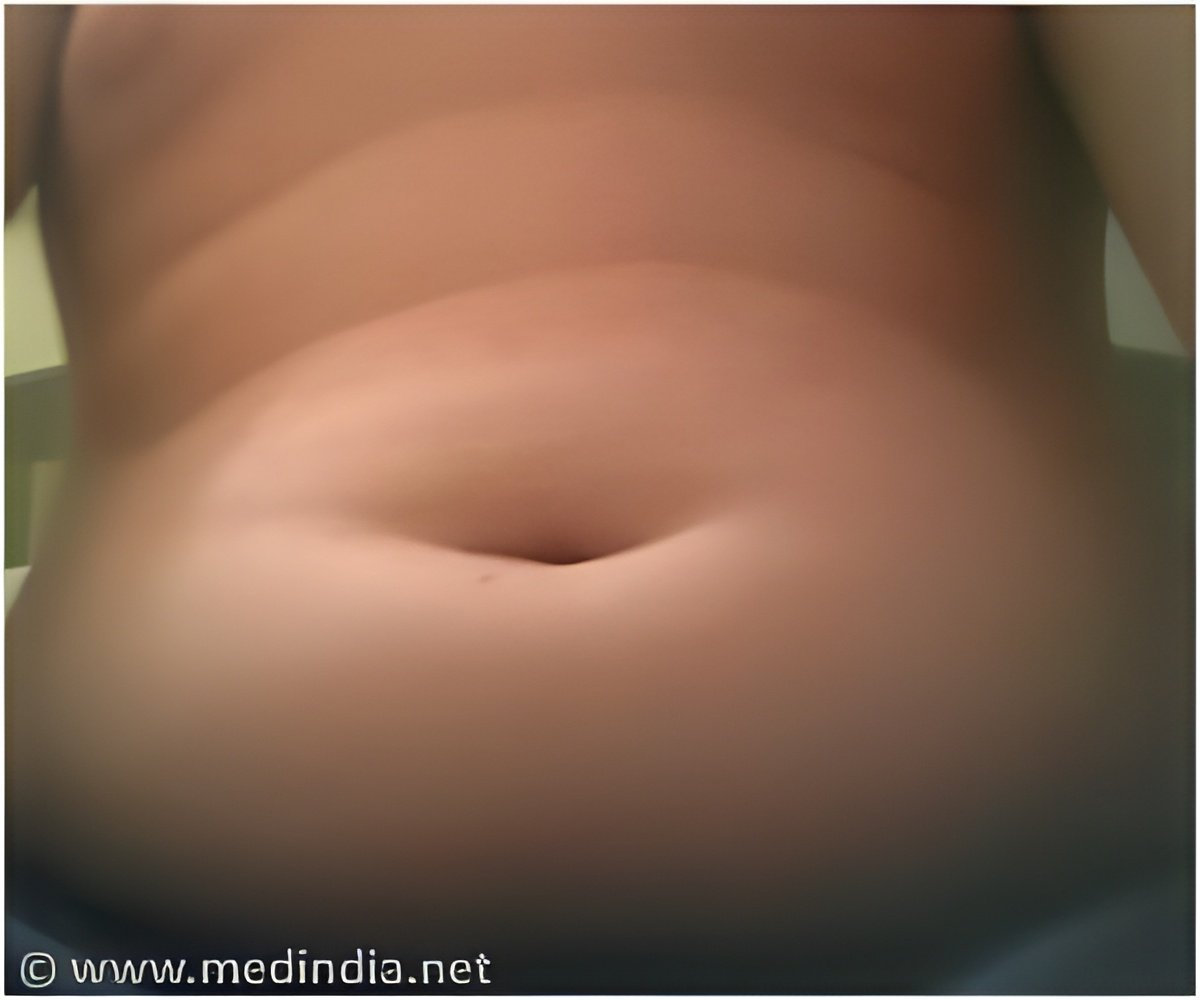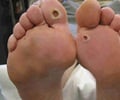
Ross Cagan, PhD, Professor of Developmental and Regenerative Biology at Mount Sinai, has developed a cancer model in the fruit fly Drosophila that allows scientists to evaluate diseases in the context of the whole animal and multiple genetic targets, rather than just looking at the connection of one gene to one disease.
In the current study, Dr. Cagan used fruit flies to understand the effects of diet and insulin resistance on cancer progression.
Cells use glucose for energy and to grow. When a cell becomes insulin resistant, glucose builds up in the blood instead of being absorbed by the cell, starving the cell and leading to metabolic diseases like diabetes.
Because of this dysfunctional growth, scientists have been puzzled about how tumors can thrive in an insulin-resistant environment.
"Previous research has established a strong correlation between metabolic diseases and pancreatic, breast, liver, and colon cancers, but we have not determined how tumors grow so aggressively in this environment if they do not have the energy provided by glucose," Dr. Cagan, who is also Associate Dean of the Graduate School of Biomedical Sciences at Mount Sinai, said.
Advertisement
The study is published in the journal Cell.
Advertisement













